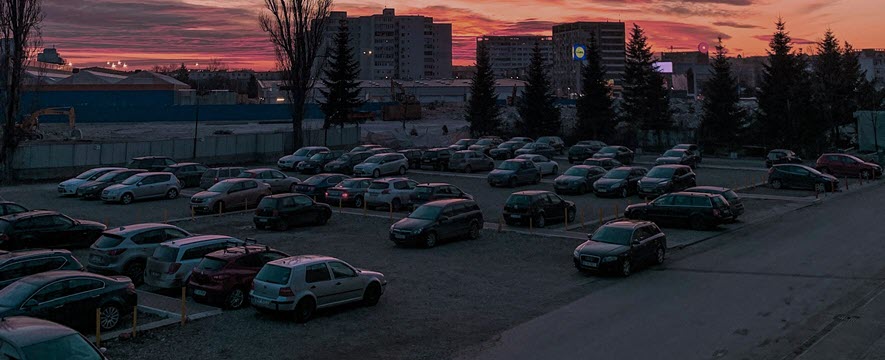
Safety Tips for the Night Shift in Heavy Industries

Working in industries that involve heavy machinery requires safety precautions regardless of the time of day. However, the obscured hours of the night shift present a unique set of dangers unlike any other work environment. Additional safety training and infrastructure will go a long way in keeping staff members healthy and happy.
Let’s go over the greatest risks night shift workers face, then discuss some safety measures that manufacturing professionals should take to mitigate those risks.
Risks of Working at Night
The night shift is inconvenient for many lifestyles, requiring employees to sleep for most of the day and become night owls.
However, a lifestyle change is far from the most dangerous part about working at night. These risks generally pose greater threats:
- Fatigue: Loss of sleep causes night shift workers to become fatigued, which strains their mental health, hurts their job performance, and causes more accidents on the job.
- Low visibility: The lack of daylight also inhibits night shift employees, making it harder for them to stay awake and alert.
- Dangerous commute: Driving at night is more dangerous than driving during the day because the roads are darker and the emergency response time might be longer if an accident occurs.
- Higher crime rate: Robberies and other violent crimes are more common at night because the darkness helps criminals conceal themselves.
Workplace accidents are highest among employees who get less than five hours of sleep, making up just under 8% of all injuries on the job. This percentage is even higher than employees who work 60-plus hours per week. What’s more, night shift workers could be up to 300% more likely to get into a car accident than their day-shift counterparts.
Here are 5 key safety tips for the night shift that managers and supervisors can use to protect their late-night employees from life-threatening risks.
1. Invest in Risk Mitigation Technology
Advancements in technology have made risk mitigation easier. Companies can now equip their employees with hard hats, vests, and footwear to supervise worker safety and efficiency. They track relevant metrics like location, heart rate, activity levels, and poor air quality. This information helps managers know when employees are fatigued and need a break.
AI-powered drone surveillance would be another great investment for night shift hours. The drone’s security software can analyze footage and detect unsafe or suspicious activity around the worksite. This in-depth surveillance would help managers prevent both accidents and crime during night shifts.
2. Create a Comfortable Work Environment
Supporting night shift workers with a comfortable environment will help them stay alert and productive. Make sure the area has sufficient lighting, but keep the lights dim to avoid overstimulation. The light fixtures don’t need to be at full brightness for the whole night. Provide a pleasant glow and adjust the brightness according to the employees’ input.
Temperature and ventilation are other environmental factors that will impact the job performance of night shift employees. If the workspace is too warm and stuffy, they might get drowsy and nod off. Keep the temperature between 68 and 76 degrees Fahrenheit and invest in air-quality monitors so the workers stay comfortable.
3. Schedule Shorter Shifts
The most straightforward strategy to mitigate nighttime risks is to schedule shorter shifts. Four-hour or six-hour shifts are less physically demanding, which partly addresses the fatigue factor. Shorter shifts will allow workers to get more sunlight exposure and catch up on sleep during their free time.
Employees can still have standard eight-hour shifts if they need the money or enjoy the work, but managers must pay extra-close attention to their well-being. Don’t let these hard workers exhaust themselves and put others in danger.
4. Encourage Healthy Habits
The night shift is far from the healthiest work schedule. It throws off employees’ circadian rhythms and increases their stress levels, both mentally and physically. Managers must encourage their workers to maintain healthy life habits. Make sure they’re getting enough sleep in their free time. Provide them with nutritious snacks. Prioritize their well-being above all else.
Night Shift Workers Need Thoughtful Safety Standards
Since almost everyone else is sleeping, the night shift workforce often doesn’t get its due recognition. These people make admirable sacrifices to keep their companies running while the rest of us get a good night’s sleep. Managers must give these employees proper recognition by making the workplace as safe and comfortable as possible. Following these five safety tips for the night shift will help keep your workers safe and productive.
Browse industrial and construction safety signs at ComplianceSigns.com.
About the Author:
Evelyn Long is the editor-in-chief of Renovated, a web magazine for real estate and construction professionals.

